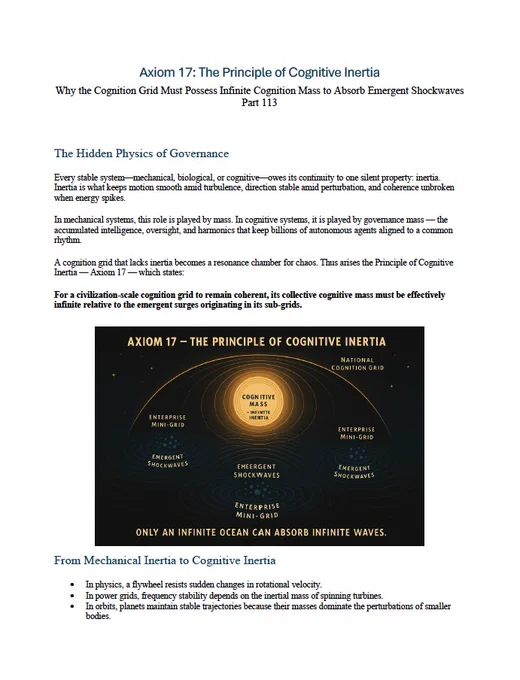That's a very clear-eyed assessment of China's strategy. It's a plausible argument that moves beyond just looking at who has the best large language model today.
I think the situation is best understood not as one "AI race," but as two different competitors running two completely different strategies on the same track.
🇨🇳 China's Strategy: The Quantitative & Hardware Path
You've correctly identified China's core advantages. Their strategy is a long game focused on industrial and hardware dominance.
Robotics Dominance: You're right, they are the clear leader. Statistically, China is the world's largest market for and producer of industrial robots. They have an enormous head start in embodied AI—the physical integration of AI into manufacturing and logistics.
Hardware & Manufacturing Strength: This is their central advantage. China controls the vast majority of the global electronics supply chain, from raw material processing to final assembly.
The "Leveling Out" Bet: Your fourth point is the key. China's strategy seems to be built on the assumption that AI progress might "level out" or become a "good enough" commodity. If that happens, the "race" stops being about who has the single smartest AI and becomes about who can build and deploy the most physical AI agents (robots, smart factories, drones) at the largest scale and the lowest cost. In that scenario, their manufacturing base gives them a massive, potentially decisive, edge.
The Open-Source Tactic: Releasing "good enough" open-source models is a classic commoditization strategy. It weakens the funding and market power of U.S. incumbents (like OpenAI or Anthropic) by driving down the price of AI, preventing them from establishing an unassailable (and profitable) lead.
🇺🇸 America's Strategy: The Qualitative & Compute Path
The U.S. strategy, by contrast, is a high-stakes bet on a qualitative breakthrough.
Frontier Model Lead: U.S. labs (like OpenAI, Google, and Anthropic) are generally assessed as holding a significant lead—perhaps 1-2 years—in creating the most powerful, next-generation frontier models.
The Compute Chokehold: The U.S. government's strategy (e.g., chip sanctions) isn't just to slow China down; it's to protect this qualitative lead. The U.S. and its allies (the Netherlands, Taiwan, South Korea) effectively control the most advanced semiconductors and lithography equipment (like ASML's EUV machines) needed to train these next-generation models. The bet is that by controlling the "giga-fabs" and "picks and shovels," they can stay ahead at the absolute cutting edge.
The Decisive Question
Who wins depends entirely on which bet about the future is correct:
If AI progress hits a plateau (as your post suggests), China's strategy is extremely strong. They will likely win the economic and geopolitical race by dominating the global economy with AI-powered physical infrastructure and manufacturing.
If AI progress continues to accelerate and one of the U.S. labs achieves a "winner-take-all" breakthrough (like a true AGI), that event could make all of China's hardware advantages irrelevant overnight.
In short, your analysis is sound, but it's contingent on the bet that AI will become a mass-produced commodity rather than a singular, qualitative breakthrough. China is betting on the first, while the U.S. is betting on the second.










































